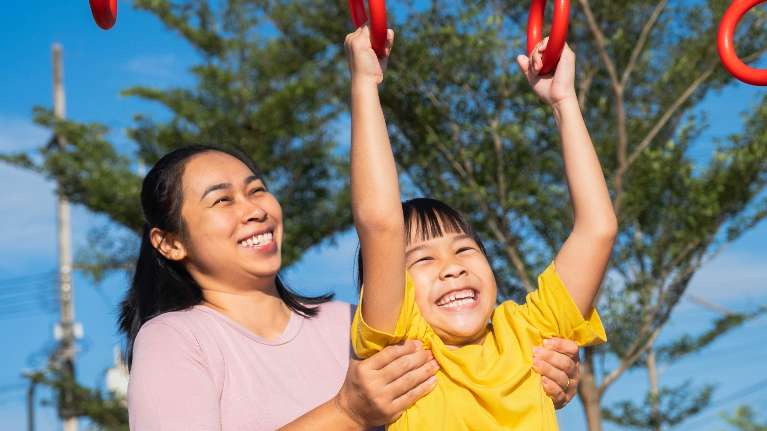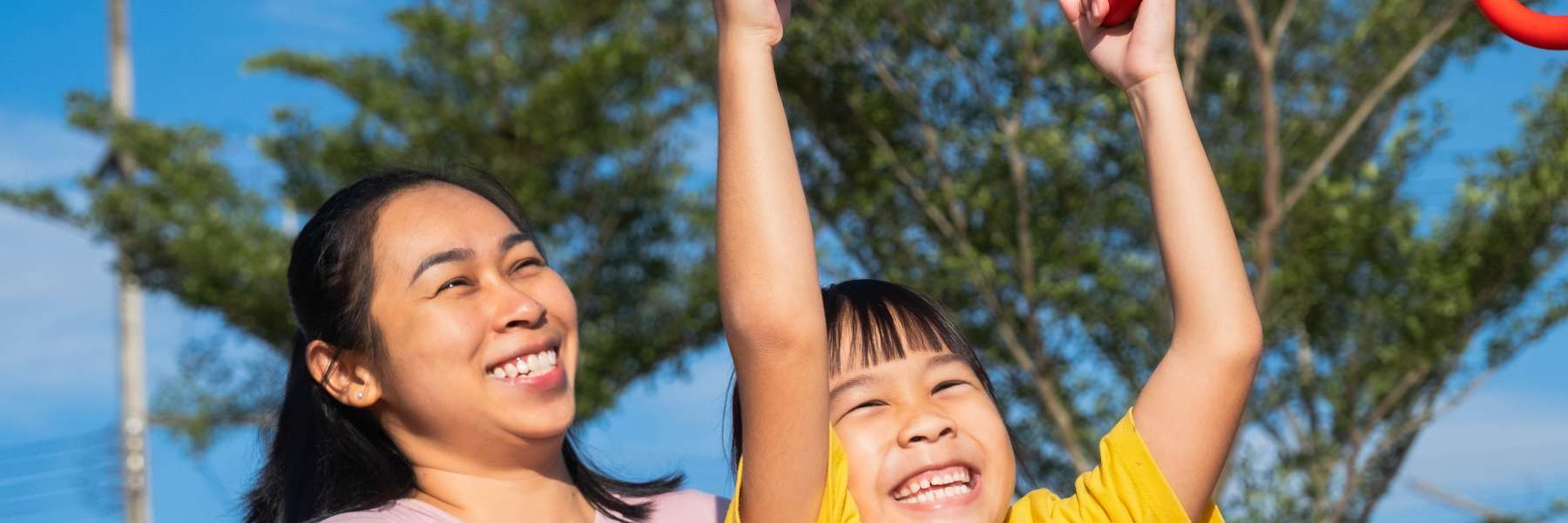
ADHD – an abbreviation for attention-deficit/hyperactivity disorder – has reportedly become more prevalent among children today. The general symptoms of ADHD include problems with inattention, impulsivity, and hyperactivity. Many professionals (such as myself) believe that ADHD is often overdiagnosed. But whether or not the diagnosis is accurate, there is no question that a growing number of children have problems with paying attention, restlessness, hyperactivity, and other symptoms of what is known as ADHD.
Some believe that medication is the only answer for those diagnosed with this condition. But this is not necessarily the case. There is increasing evidence that ADHD-like symptoms can be reduced by several behavioral and lifestyle changes. Let’s look at some of these.
LIFESTYLE CHANGES AND ADHD
- Use healthy nutrition. It is important to eat a healthy diet. Research shows that poor dietary habits (e.g., consumption of “junk food”, sweets, processed foods, etc.) are associated with a greater risk for ADHD. On the other hand, eating patterns such as following the Mediterranean diet and vegetarian diets filled with vegetables and fruits, are associated with fewer problems with ADHD.
- Include essential fatty acids. A diet deficient in essential fatty acids - specifically omega-3 - can contribute to problems with paying attention. Increasing foods rich in this nutrient, such as flax seeds and walnuts, can be helpful for children who have problems in this area.
- Encourage physical activity. In addition to nutrition, physical activity can reduce symptoms of ADHD. Specifically, it has been found that exercising can reduce impulsivity and hyperactivity, improve attention, and enhance various mental skills such as self-control, planning, staying focused, etc.
- Limit media time. Some health experts believe that activities such as video games and watching entertainment TV (i.e. TV shows and programs that are viewed purely for amusement and entertainment) should be limited for children with ADHD. This is because ADHD is correlated with reduced activity in the frontal lobe and most video games and many television programs do not enhance activity in this part of the brain. It is more beneficial for these children to engage in activities that will strengthen the frontal lobe - such as playing outside, being in nature, watching TV programs, and utilizing video games that are more educational in nature.
BEHAVIORAL CHANGES AND ADHD SYMPTOMS
- Maintain regularity. Parents can help their children develop some type of daily schedule. The activities in this schedule should include obligations for home and school as well as recreational activities.
- Give smaller tasks. Individuals who struggle with ADHD symptoms should not be given large projects at one time. It is best to break up large tasks into smaller parts. For example, instead of telling a child to clean their room, they can be given smaller jobs - such as making up the beds, putting things (such as toys) away, sweeping (or vacuuming the floor, etc. If these tasks are given one at a time, it will likely feel less daunting and overwhelming to the child.
- Communicate clearly. Give clear, direct commands to the child. Use short, simple sentences instead of wordy statements and questions. Maintain eye contact with them and make sure they are paying attention to you as you talk.
- Be encouraging. Children who struggle with ADHD symptoms often get more negative than positive attention (when they make a mistake or do something wrong). Given this fact, it is important to acknowledge when they display positive behaviors and to encourage them when you observe them.
These are just some of the things parents (or any caregiver) can do to help children who struggle with ADHD symptoms. It takes a bit of effort and work, but if these lifestyle and behavioral steps are followed, it can be very beneficial for these children (and the adults; who work with them).
Sources:
- S. Pinto, et al. Eating patterns and dietary interventions in ADHD: A Narrative Review. Nutrients. Published online Oct. 16. 2022.
- A. Mehren, et al. Physical exercise in attention deficit hyperactivity disorder - evidence and implications for the treatment of borderline personality disorder. Borderline Personality Disorder and Emotion Dysregulation. Published online Jan. 6. 2020
- Photo by: Teerasak Ainkeaw
